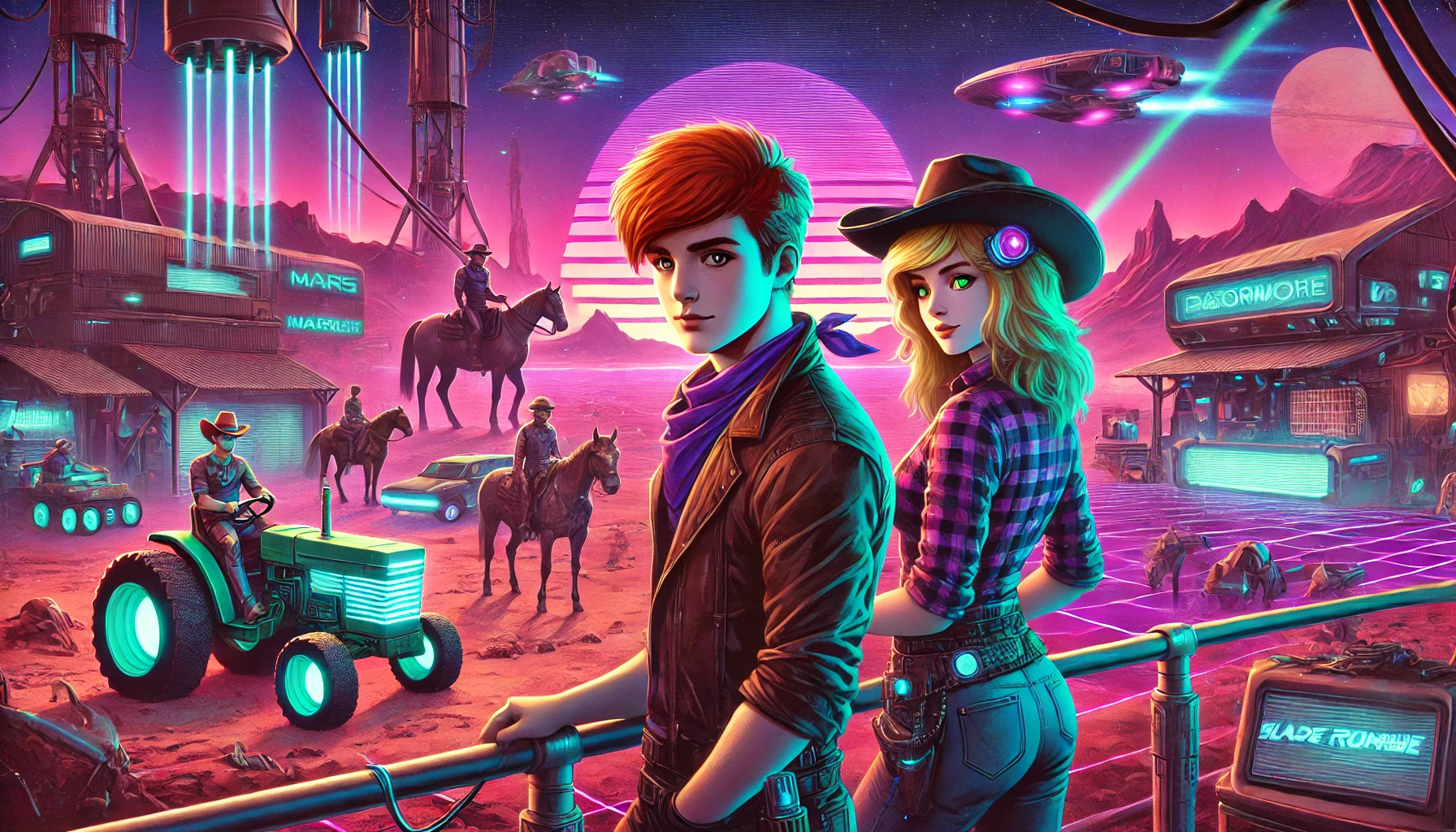illphated
The Scoville Inferno Plant stood like a neon-lit monolith against the crimson Martian dusk. It was the beating heart of spice in the cosmos, churning out the galaxy’s most intense hot sauce—so potent it required a Caution: Scoville Overload warning on every barrel. Inside, cybernetic workers monitored vats of molten heat, while glowing pipelines pulsed with liquid fire. Hovering drones ferried barrels of “Plutonian Ghost Reaper” and “Titan’s Tears” to outbound cargo ships bound for spice connoisseurs across the solar system.
But few knew the factory’s origins stretched all the way back to Earth’s earliest days—before Mars had even seen a human footprint.
The Birth of Heat
Centuries ago, on the lush and fertile lands of Mesoamerica, indigenous civilizations cultivated the first chili peppers. The Aztecs and Mayans revered these fiery fruits, grinding them into pastes, mixing them with water, and using them in both medicine and cuisine. To them, spice wasn’t just about taste—it was a force of nature, a sacred fire that warded off illness and infused warriors with strength before battle.
Spanish explorers, upon arriving in the New World, tasted the burn and couldn’t resist carrying the flame across the oceans. Chilies spread like wildfire—from European markets to Asian spice routes, finding their way into Indian curries, Chinese stir-fries, and African stews. By the 19th century, fermented chili sauces became popular, with Louisiana’s Avery Island introducing the world to Tabasco—a sauce that would change food forever.
Spice in the Stars
Fast-forward to 2271. With Earth struggling under the weight of overpopulation and climate disasters, corporations took their spice trade off-world. The Scoville Corporation—founded by a direct descendant of Wilbur Scoville, the scientist who first measured spiciness—secured the Martian contract. Their goal? To create the hottest sauce the universe had ever known.
Their breakthrough came when scientists genetically modified Carolina Reapers with Martian Ghost Peppers, a crop enhanced by the planet’s extreme conditions. The result was Solar Wrath, a sauce so powerful it melted through conventional glass and required reinforced titanium bottles.
Martian hot sauce became a status symbol. Billionaires on Venusian sky resorts held contests to see who could endure the burn, while underground cyberpunk markets in the Europa colonies sold black-market bottles rumored to cause hallucinations of ancient Aztec gods.
The Incident
But then came The Inferno Event.
A factory drone, miscalibrated by a glitching AI, accidentally overheated a Scoville Overload batch. The vats boiled over, releasing a neon-red vapor so potent it corroded the walls and sent spicy plumes swirling into the Martian sky. Workers fled in a panic as robotic alarms blared, their cybernetic limbs glitching under the spice-laden fumes.
For days, Mars was engulfed in an otherworldly dust storm, infused with capsaicin-rich particles. Astronomers on Earth observed the phenomenon and dubbed it The Ghost Reaper Storm. The storm eventually settled, leaving a permanent, faintly glowing red layer across the factory’s walls—a reminder of the day when Mars itself had to taste the heat.
The Future of Fire
Now, the Inferno Plant continued its mission, shipping its legendary sauces to every outpost in the solar system. Tourists came from across the stars to visit the facility, hoping to test their limits against a single drop of Solar Wrath. Some said the sauce had grown so intense that it awakened memories of Earth’s first hot sauces, connecting those who consumed it to the ancient past—to the hands of the first humans who ever dared to taste the fire.
And so, the legend of Martian Heat burned on—forever entwined with the history of spice, from the jungles of the Aztecs to the neon towers of the cosmos.
EmailURL







cykh5r
3x9b5o
5zdr9m
z1r44r
1ypbh4